This week we have a great guest blog post from Kami McBride, author of The Herbal Kitchen. I met Kami at the Heirloom Expo, where she was sharing her knowledge of healing remedies from the garden. Today Kami presents an interesting twist on the Christmas tree. Take it away Kami…
Healing Qualities of the Evergreen Trees
Decorating the Christmas tree is an ancient tradition from a time when various trees and plants were honored at different times of the year. In northern Europe the evergreen tree was celebrated at around the time of winter solstice. The festivities of decorating and dancing around the evergreen tree were held in the deep of winter when there was very little plant life and the ground seemed like it would never thaw out.
The everlasting green of the evergreen trees instilled hope that the warmth and green of spring would come again. We have taken this ritual to an extreme by bringing a tree into every household to decorate.
The evergreen trees that we bring into our homes at Christmas time are primarily cedar and pine trees These trees not only heal us as their color and scent fill our homes, but they all have very valuable medicinal qualities that we can thank them for.
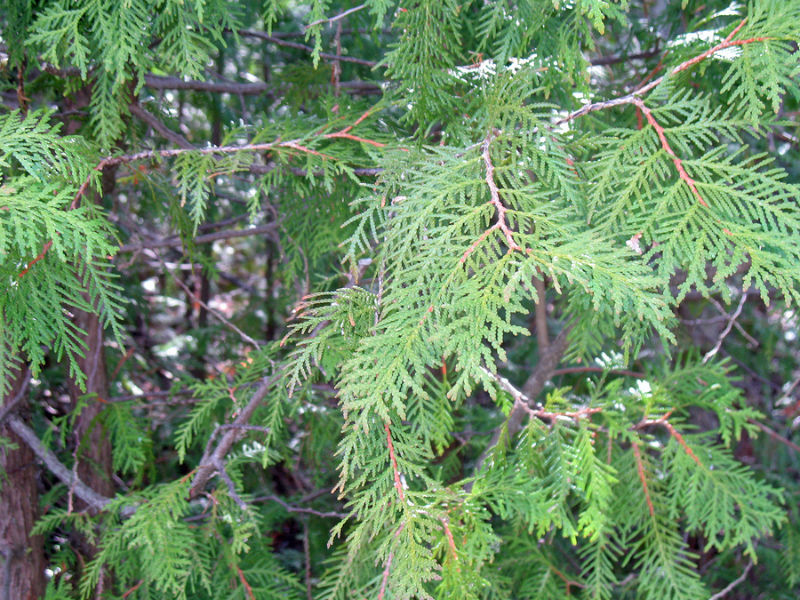
Cedar
The medicine of the cedar tree has been used for thousands of years and has many applications. Cedar helps to cleanse the energy field of your house. Having a cedar tree in your home is like doing a big spring (in this case, winter) cleaning. The strong aromatic smell of cedar is anti-bacterial and helps keep the winter flu at bay.
Dried cedar needles can be gathered up and crunched into twigs. Put these twigs in the blender and powder them into a fine dust. You can put a pinch of this dust in a shell or non-combustible bowl and light it as incense. Cedar incense purifies and cleanses. Burn it in your home or work space and clean out old, unwanted energies and set your intention for what you would like to create in your life.
The fresh and dried green cedar needles are made into a tea and used in small doses against colds, flu and bronchial infections. Cedar is very anti-fungal and cedar tincture can be applied topically to any fungal infection such as athlete’s foot.
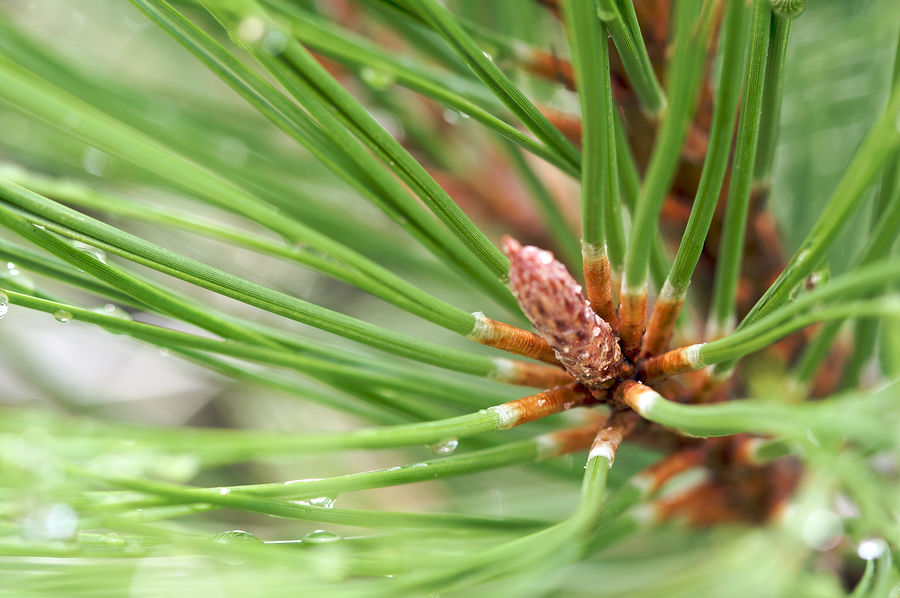
Pine
The medicine of the pine tree has long been associated with longevity. Pine needle tea is high in vitamin C and is a great remedy for winter colds. It also helps to reduce phlegm from a runny nose or head cold.
Pine needle tea is a diuretic so only drink it for a couple days at a time. Inhaling the vapor of the warm pine needle tea helps with bronchial congestion. Taking a bath with several quarts of warm pine needle tea poured into the bathtub helps cold and sore joints. You can also just put bunches of dried or fresh pine needles into your bathtub.
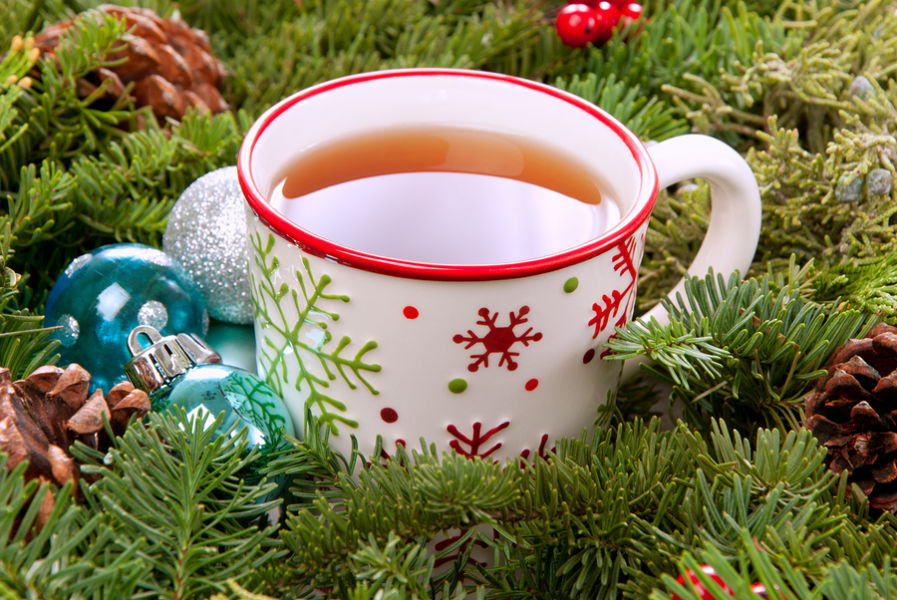
Pine Needle Tea
- 2 cups water
- 2 tablespoons fresh or dried chopped pine needles
Put water and pine needles in a pot with the lid on. Bring to a boil and then turn off the heat and let the mixture sit for one hour. Strain out the pine needles, re-heat the tea and add honey and lemon to taste. Drink one cup three times a day for the onset of a cold. This tea can be very drying to your body, so only drink it occasionally or for a couple of days at a time.
Cedar Needle Syrup
- 4 cups water
- 4 tablespoons fresh or dried cedar needles
- 1 cup brandy
- 1/2 cup honey
-Put cedar and water into a pot with a lid on
-Bring to a boil and then immediately turn the heat down to lowest temperature possible
-Let the water and cedar simmer on a very low heat until the four cups of liquid is cooked down to two cups
-Strain the cedar from the water which is now a cedar tea
-Let the cedar tea cool and add the brandy and honey
Store in the refrigerator. Take one tablespoon up to four times a day for coughs. The shelf life of this syrup is about four months.
Okay Gardenerds, now it’s your turn. Post your favorite home remedy below for a chance to win a copy of Kami’s book, The Herbal Kitchen. One lucky winner will be chosen at random. Post comments by 11:59 p.m., Wednesday, December 19. Happy commenting!
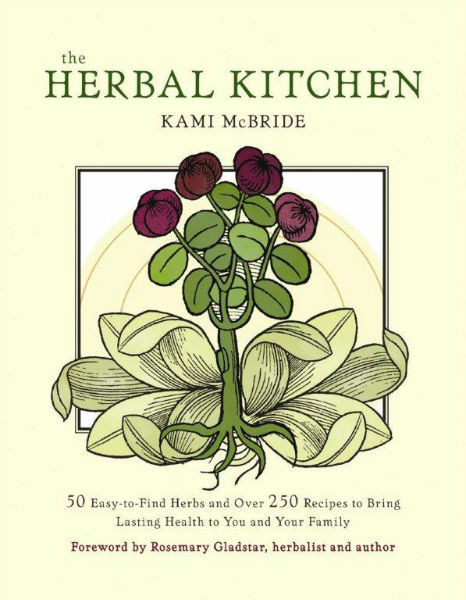
For 24 years Kami has been teaching people to grow and use herbs in their daily lives for cooking, gardening, skin care and stress reduction. Kami works de-mystify the world of herbal medicine, and loves helping people learn how to use herbs in the home setting for.
Her popular course, Cultivating the Herbal Medicine Woman Within is an experiential herbal studies program that empowers people to use herbal medicine in their daily lives for home wellness care. She can be reached at www.livingawareness.com

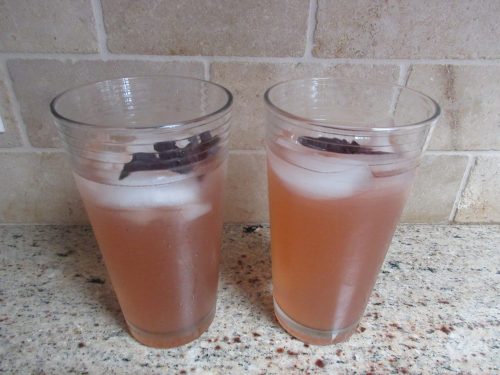
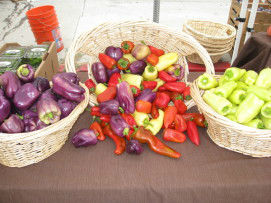

Real chicken soup (not from a can) starting with loads of sliced ginger stir-fried in a little oil. Keep drinking it all night long. Great for a cold that is coming or a sore throat!
I do use some herbs. They are great for you
I make tea out of lemon verbena and mint from my garden. Love growing and using my own!
Being in S. Ca. Aloe is abundant. We use it for sunburns at our house:)
Feverfew for migraines! It worked for me and some friends too.
Watercress for healthy lungs; and citrus for sore throat!
There are so many natural remedies that we could use if we would just take the time to study and read. I love the honey and lemon in warm water also.
Get to know the plant life in your area and you’ll discover they hold the remedies for the illnesses that occur most often in your area.
Whenever I feel a cold coming, I make a tea w rosemary, sage, and lemon verbena. To each 12 oz mug, I add 1 tsp honey and 1 tsp lemon juice. Its great.
I second the warm honey and lemon!
Ours is warm honey and lemon for a cough and sore throat…
Eating lots of veggies and whole milk!
My favorite home remedy is the Neem leaf. I use it in a tea for female issues. It’s also great in the garden for prevention of bad bugs. Neem has many more uses as well.
Very educational, especially for those who appreciate nature! I Pinned it so that I could have it as a reference. Thanks!